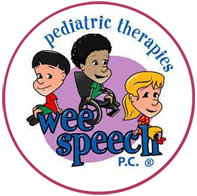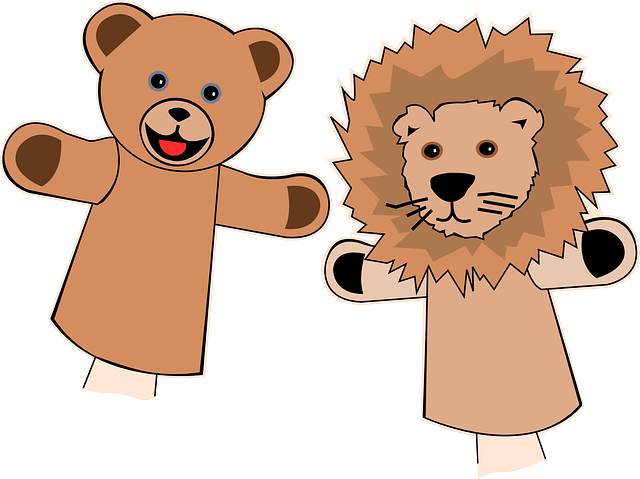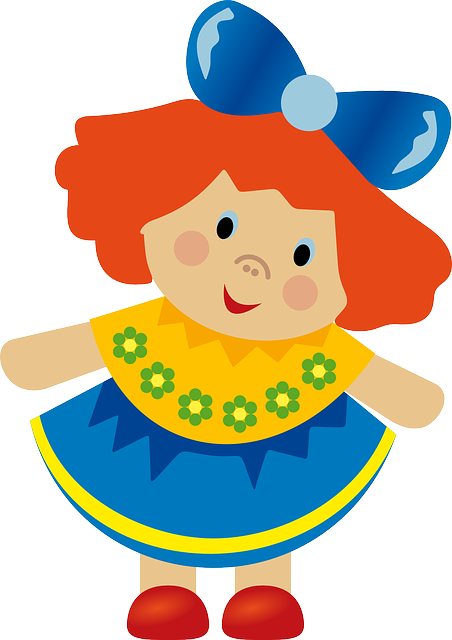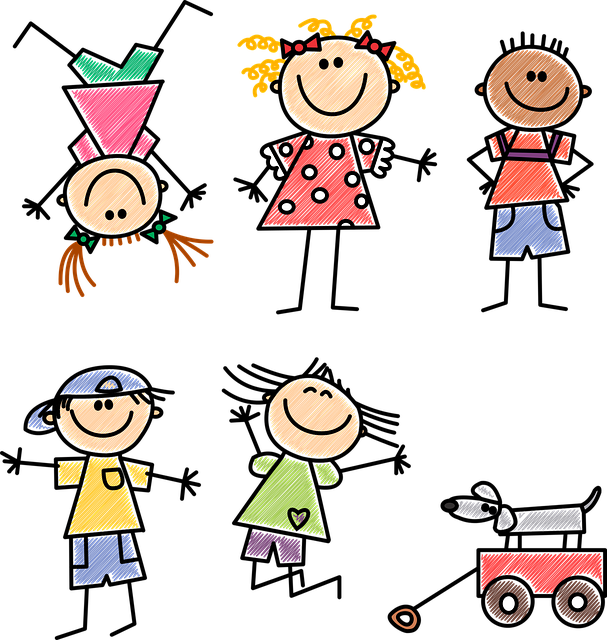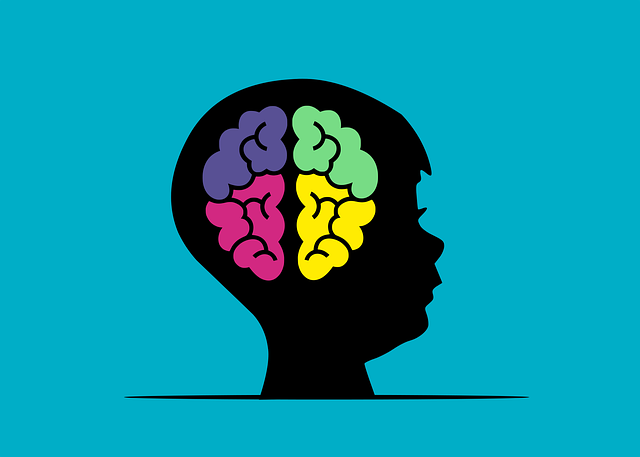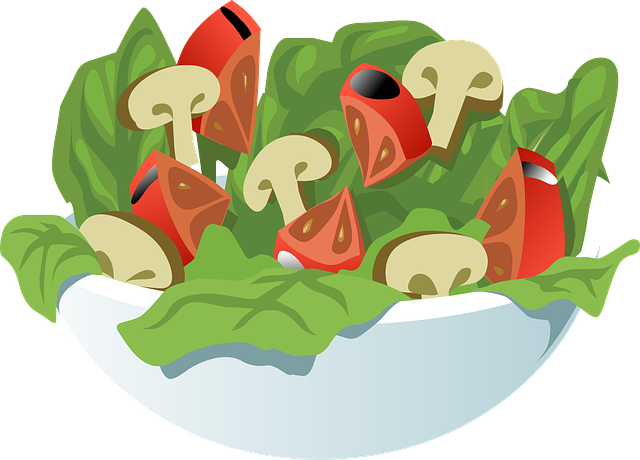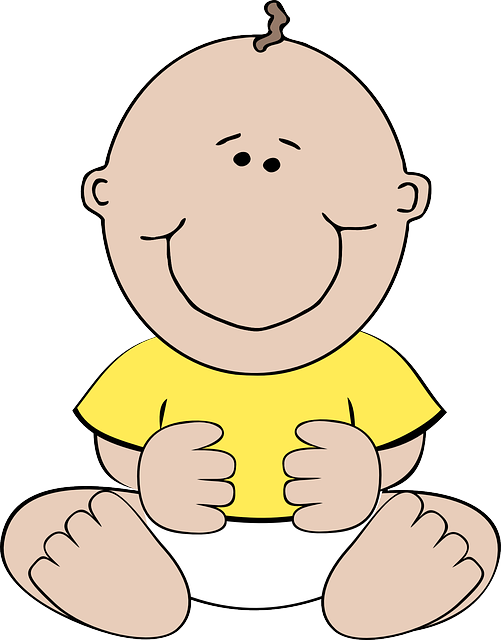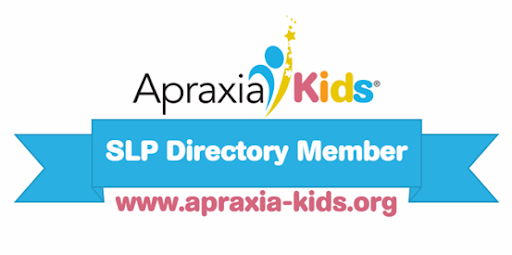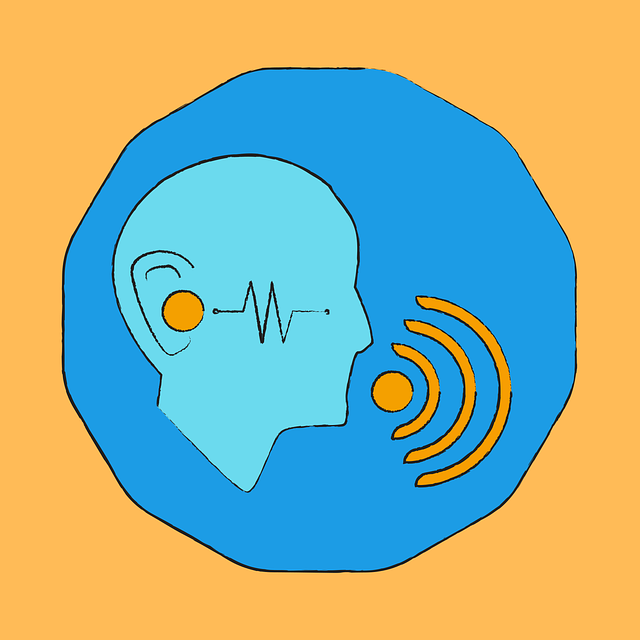
May was Better Hearing and Speech Month! Let’s keep the information flowing!
Every May, organizations all over the country join the American Speech-Hearing Association (ASHA) to promote Better Hearing and Speech Month (BHSM). BHSM’s purpose is to help increase awareness of communication disorders and available treatment options. ● Nearly 1 in 12 (7.7 percent) U.S. children ages 3-17 has had a disorder related to voice, speech, language, or swallowing in the past 12 months. ● The prevalence of voice, speech, language, or swallowing disorders is highest among children ages 3-6 (11.0 percent), compared to children ages 7-10 (9.3 percent), and children ages 11-17 (4.9 percent).1 ● By the first grade, roughly 5% of children have noticeable speech disorders.2 ● More than 3 million Americans stutter.2 ● 6–8 million Americans have some form
